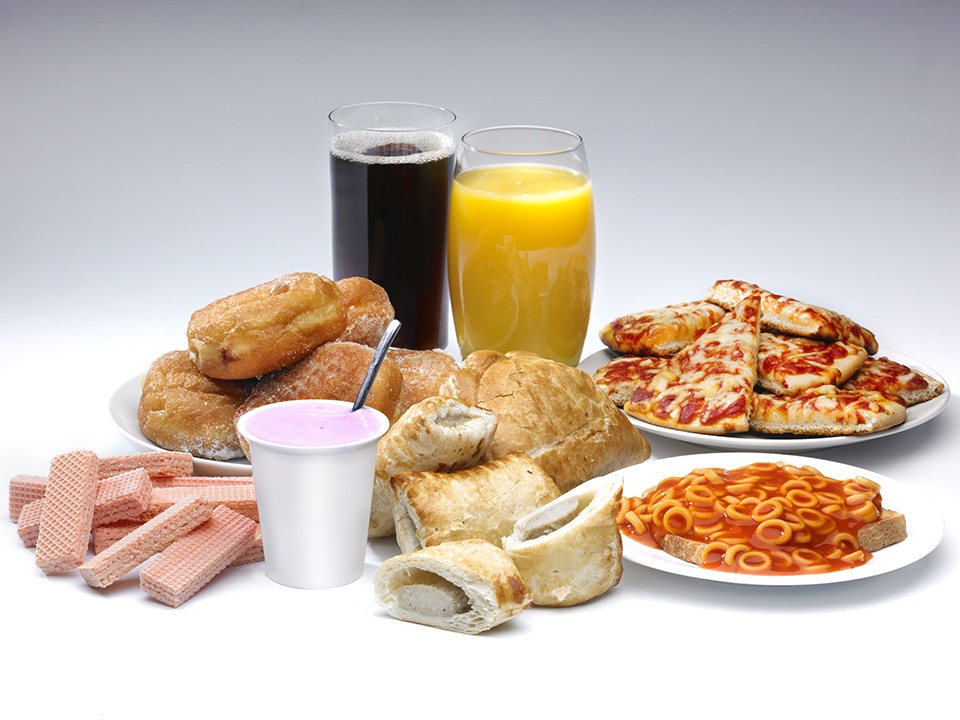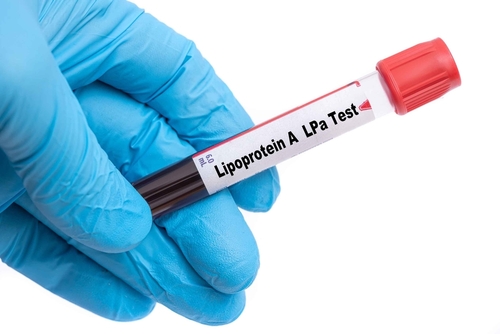
A recent study found that a diet high in ultraprocessed foods may be associated with greater mortality risk.
“Growing evidence indicates that higher intake of ultraprocessed foods is associated with higher incidence of noncommunicable diseases,” the researchers wrote in their study, published in JAMA Internal Medicine. “However, to date, the association between ultraprocessed foods consumption and mortality risk has never been investigated.”
They concluded that “An increase in ultraprocessed foods consumption appears to be associated with an overall higher mortality risk.”
Important article in @JAMAInternalMed: Ultraprocessed food consumption assoc'd with increased mortality. Among reasons why: "Food packaging is also suspected to have endocrine-disrupting properties." Names #BPA & other food additives. #sickerfatterpoorer https://t.co/cQD0RfUsU9
— Leo Trasande, MD, MPP (@leotrasande) February 11, 2019
What Are Ultraprocessed Foods?
Researchers used the NOVA classification system to define ultraprocessed foods, and they classified ultraprocessed foods “as ready-to-eat or -heat formulations made mostly from ingredients usually combined with additives.”
NOVA classifies food into four groups. Ultraprocessed foods are the fourth group. “These are industrial formulations typically with five or more and usually many ingredients,” according to NOVA. “Such ingredients often include those also used in processed foods, such as sugar, oils, fats, salt, anti-oxidants, stabilisers, and preservatives.”
Examples of ultraprocessed foods include:
- Carbonated drinks
- Ice cream
- Chocolate
- Mass-produced packaged bread and buns
- Cookies, pastries, cakes, and cake mixes
- Ready to heat products such as re-prepared pies and pasta and pizza dishes; poultry and fish “nuggets” and “sticks,” sausages, burgers, hot dogs, and other reconstituted meat products, and powdered and packaged “instant” soups, noodles and desserts
New study suggests 10% increase in the proportion of ultraprocessed #food consumption associated with a 14% higher risk of all-cause #mortality. #BeatNCDs https://t.co/EVeqZuXtpX pic.twitter.com/qb2mnavarU
— Dr Alexey Kulikov (@KulikovUNIATF) February 14, 2019
Ultraprocessed Food Consumption Elevates Mortality Risk
The observational prospective cohort study included adults aged 45 years or older who were part of the French NutriNet-Santé Study. Eligible participants had to finish at least one web-based 24-hour dietary record during the first two years of follow-up. At baseline, they self-reported sociodemographic, lifestyle, physical activity, weight, height, and anthropometrics data. Researchers determined each participant’s proportion (in weight) of ultraprocessed foods in their diet.
Final analysis included 44,551 participants (73.1% female); mean age at baseline was 56.7 years. A mean proportion of 14.4% of total food consumption consisted of ultraprocessed foods, corresponding to a mean 29.1% proportion of total energy intake. The following factors were associated with higher ultraprocessed foods consumption:
- Younger age (45–64 years; mean proportion of food in weight, 14.50%; P < 0.001)
- Lower income (< €1200/mo [about $1,355/mo]; 15.58%; P < 0 .001)
- Lower education level (no diploma or primary school; 15.50%; P < 0.001)
- Living alone (15.02%, P < 0.001)
- Higher body mass index (≥ 30, 15.98%, P < 0.001)
- Lower physical activity level (15.56%, P < 0.001)
During follow-up, 1.4% (n = 602) of patients died. Researchers found, “After adjustment for a range of confounding factors, an increase in the proportion of ultraprocessed foods consumed was associated with a higher risk of all-cause mortality (HR per 10% increment, 1.14; 95% CI, 1.04-1.27; P = .008).”
The researchers called for future prospective studies to validate their findings.
Kevin Hall, in my book the world's best nutrition scientist, proves that ultraprocessed foods cause obesity. It's not due to their sugar, carb, fat or low fiber content. More likely it is chewability, taste, smell and convenience. Legislators, this is what you were waiting for! https://t.co/97z2SuFnL1
— Martijn Katan (@martijnkatan) February 12, 2019
Correlation Between Poverty and Obesity Is New
Literature Review Finds Link Between Diet and Breast Cancer Risk
Source: JAMA Internal Medicine







 © 2025 Mashup Media, LLC, a Formedics Property. All Rights Reserved.
© 2025 Mashup Media, LLC, a Formedics Property. All Rights Reserved.